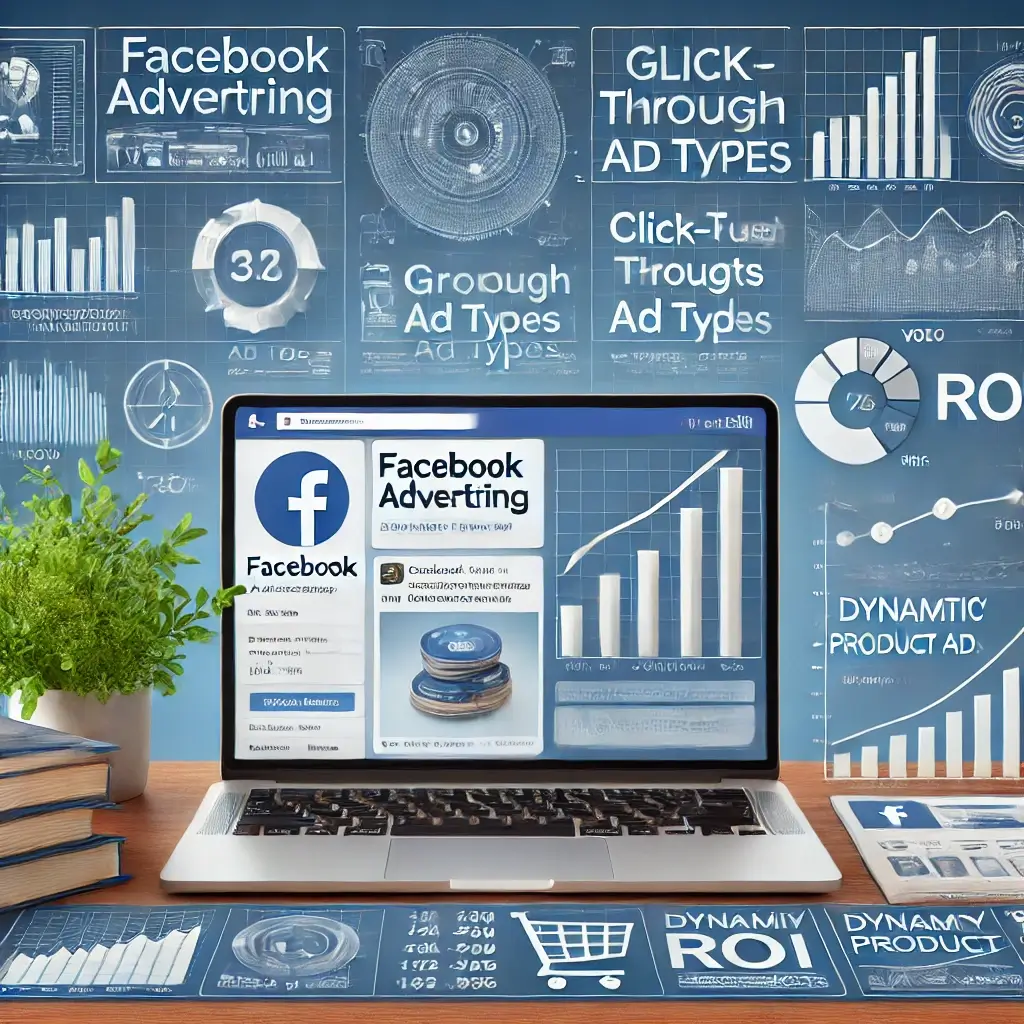Understanding the Facebook Advertising Ecosystem
In the rapidly evolving landscape of digital marketing, social media platforms have emerged as powerful tools for businesses to reach and engage potential customers. Among these platforms, Facebook stands out as a particularly effective channel for eCommerce enterprises. This article examines the efficacy of Facebook advertising for eCommerce businesses, drawing upon recent academic studies and industry data.
Facebook’s advertising platform offers a sophisticated ecosystem that allows businesses to target users based on a multitude of factors. According to a study by Lambrecht and Tucker (2013), this granular targeting capability significantly enhances digital advertising campaigns. The researchers found that personalized advertising can increase click-through rates by up to 38% compared to non-personalized ads.
Ad Format Performance Analysis
Facebook provides various ad formats tailored to eCommerce needs:
- Carousel Ads: A study by Adespresso (2019) found that carousel ads have a 10 times higher click-through rate compared to static sponsored posts on Facebook.
- Video Ads: According to research by Animoto (2018), 73% of consumers are more likely to make a purchase after watching a video explaining a product or service.
- Dynamic Product Ads: A case study published in the Journal of Interactive Marketing (Chen et al., 2019) demonstrated that dynamic retargeting ads can increase return on ad spend by up to 32% compared to static retargeting ads.
- Collection Ads: Facebook’s internal data (2020) shows that collection ads can decrease cost per acquisition by up to 42% compared to other ad formats.
Strategic Audience Targeting Insights
Effective audience targeting is crucial for the success of Facebook advertising campaigns. Trusov et al. (2016) conducted a study on the effectiveness of different targeting strategies and found that:
- Custom Audiences: Utilizing first-party data for targeting can increase conversion rates by up to 28%.
- Lookalike Audiences: Campaigns using lookalike audiences showed lower cost per action compared to campaigns using interest-based targeting.
- Behavioral Targeting: Ads targeted based on user behavior demonstrated a 30% higher click-through rate compared to demographic targeting alone.
Key Performance Metrics and Optimization
Continuous optimization is essential for maximizing the performance of Facebook ad campaigns. A meta-analysis by Yadav and Pavlou (2014) identified several key metrics for evaluating eCommerce advertising effectiveness:
- Click-Through Rate (CTR): The study found a strong positive correlation (r = 0.72) between CTR and overall campaign performance.
- Conversion Rate: Campaigns with higher conversion rates showed a 62% increase in return on investment compared to low-converting campaigns.
- Cost Per Acquisition (CPA): The researchers noted that a 10% decrease in CPA corresponded to a 15% increase in overall profitability.
- Return on Ad Spend (ROAS): ROAS was identified as the most comprehensive metric for assessing campaign effectiveness, with successful campaigns achieving a ROAS of 3:1 or higher.
Future Implications and Research
The academic literature consistently demonstrates the potential of Facebook advertising to significantly impact eCommerce performance. By leveraging sophisticated targeting capabilities, utilizing appropriate ad formats, and continuously optimizing campaigns based on key performance metrics, eCommerce businesses can effectively harness the power of Facebook’s advertising platform to drive sales and growth. However, it is important to note that success in Facebook advertising requires a deep understanding of the platform’s capabilities and a commitment to ongoing testing and refinement. Future research should focus on the long-term effects of Facebook advertising on brand equity and customer lifetime value in the eCommerce context.

Dominic E. is a passionate filmmaker navigating the exciting intersection of art and science. By day, he delves into the complexities of the human body as a full-time medical writer, meticulously translating intricate medical concepts into accessible and engaging narratives. By night, he explores the boundless realm of cinematic storytelling, crafting narratives that evoke emotion and challenge perspectives.
Film Student and Full-time Medical Writer for ContentVendor.com




